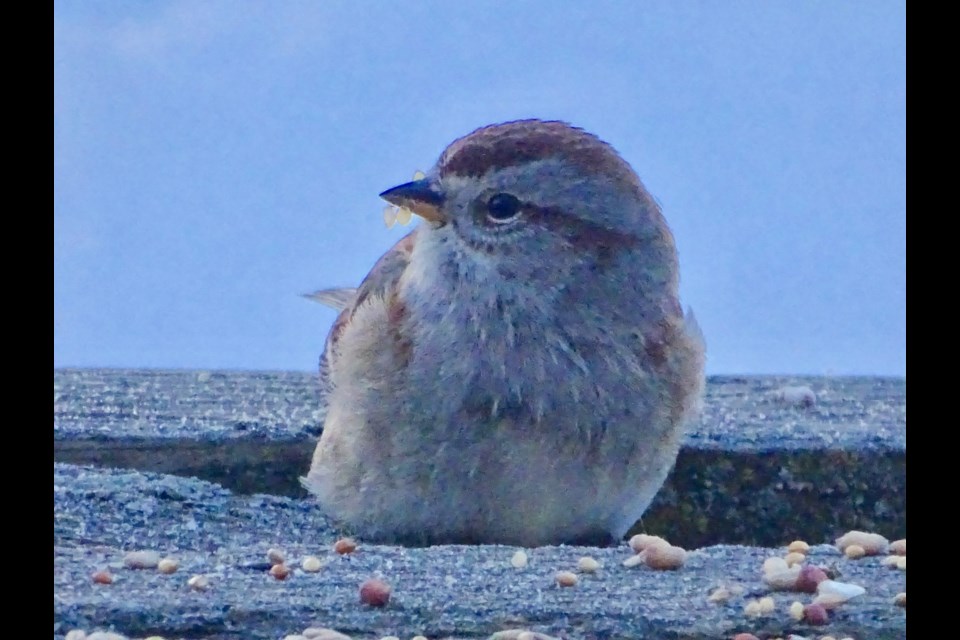Local Birder Kevin Shackleton shares some of his findings in the Great Backyard Bird Count
Prior to 2013, I was an infrequent user of the eBird website to record my bird sightings. It was while I was attending the San Diego Birding Festival that winter that I heard the creator of the website describe how citizen scientists could add to data about the world’s bird population by entering their sightings on eBird.
Knowing where birds are at different times of the year and in what numbers can assist in conservation efforts. I have already written about the three Christmas Bird Counts I did this winter. Birds Canada, Cornell Laboratory for Ornithology and the US Audubon Society have been organizing the Great Backyard Bird Count (GBBC), another effort to get a snapshot of the world’s bird populations, for about 25 years.
The title of the event is a bit misleading as the organizers would be delighted if you reported on birds you found anywhere in the four days of the count as long as you observed for 15 minutes minimum in each location. The websites at the end of the article provide all the information you need to become involved and even have links to webinars on bird identification.
I am doing a similar project for a second year, Project Feeder Watch (PFW), where you describe your feeder set up and watch birds for two consecutive days for any amount of time and count the birds you see and describe any interactions between them. You leave a gap of five days between observations. I have been surprised by which species have appeared in my yard this year and last.
I noticed recently that there are three Black-capped Chickadees in the area. A pair of Northern Cardinals make infrequent appearances. I was beginning my morning stakeout a few days ago and a Merlin flew to the top of a conifer in a neighbour’s backyard, not countable for Project Feeder Watch, but if it showed up between Feb. 18-21, it would certainly be on my list. Later the same day, a young Cooper’s Hawk successfully took a European Starling for lunch. That event would be countable for both the GBBC and PFW. An immature White-throated Sparrow appeared for a few days this winter. Last winter I had a Field Sparrow visiting for over a week. Both these species should have been long gone by the time winter rolled around. The habitats they left for sunnier climes are often occupied by northern species like Common Redpolls, Pine Siskins and Dark-eyed Juncos. The Chanticleer Pear tree in my front yard has had beautiful Pine Grosbeaks the last two years, but not this year.
The extended cold snap of this winter means there is very little open water in the area. What open water remains, fast-flowing streams, stormwater management ponds with warm inflows, can hold large numbers of waterfowl. The Holland River north of Fairly Lake in Newmarket is one possible spot to seek ducks. There is a small pond near London Road and Main Street in Newmarket that has had over 300 ducks and geese in the last week. As the Holland River passes under the Second Concession bridge, it has open water and there are great walking trails in the area that passes through excellent bird habitat.
I hope you will look into the count and give it a try. It could open a window to a new appreciation for our feathered neighbours and the natural world during the winter months.
Kevin Shackleton
https://www.birdcount.org/participate/
https://ebird.org/canada/about



